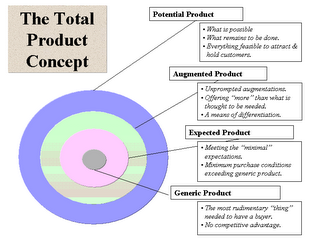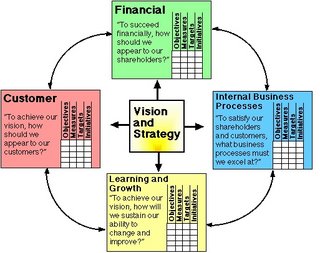One day when Christopher Robin and Winnie-the-Pooh and Piglet were all talking together, Christopher Robin finished the mouthful he was eating and said carelessly: “I saw a heffalump today, Piglet.”
“What was it doing?” asked Piglet.
“Just lumping along,” said Christopher Robin. “I don’t think it saw me.”
“I saw one once,” said Piglet. “At least I think I did,” he said. “Only perhaps it wasn’t.”
“So did I,” said Pooh, wondering what a Heffalump was like.
“You don’t often see them,” said Christopher Robin carelessly.
“Not now,” said Piglet.
“Not at this time of year,” said Pooh.
The above might illustrate most peoples view of entrepreneurs. We know they exist, think we know what they are but can we actually characterise them? and if so how do we do so?
Most commonly, the term entrepreneur applies to a person who establishes a new entity to offer a new or existing product or service into a new or existing market, whether for a profit or not-for-profit outcome.
As a risk bearer:Richard Cantillon, an Irish man living in France, was the first to introduce the term
entrepreneur and his unique
risk bearing function in economics during the early 18th century. He defined an entrepreneur as an agent who buys factors of production at certain prices in order to combine them into a product with a view to selling it at uncertain prices in future. Uncertainty is defined as a risk, which cannot be insured against and is incalculable.
As an organiser:Jean–Baptiste Say, an aristocratic industrialist, developed the concept of entrepreneur a little further. His definition associates entrepreneur with the functions of co-ordination, organisation and supervision. According to him, an entrepreneur is one who combines the land of one, labor of another and the capital of yet another, and, thus, produces a product.
As someone willing to engage in uncertainty:Frank Knight, in his seminal contribution to economics Risk, Uncertainty and Profit (1921), defines uncertainty as a primary attribute of his entrepreneurship theory. If there were no uncertainty no losses would be made. Risk is calculable, uncertainty is not. Entrepreneur is a person who is willing to put his career and capital on an uncertain venture.
As a leader:
More recently, researchers such as R. B. Reich have argued that leadership, management ability, and team-building should be added to the definition.
So know that we kinda know what they are, Where do the come from?Well there are two principal theories. The "supply" theory and, you guessed it, the "demand" theory.
Supply: Entrepreneurs are born, not made. Some people have the personality traits that make a good entrepreneur. As John G. Burch 1996 described them:
* A desire to achieve
* Hard working
* Desire to work for themselves
* Nurturing quality
* Acceptance of responsibility Some entrepreneurs may be driven more by altruism than by self-interest.
* Reward orientation: Desire to achieve, work hard, and take responsibility, but also with a commensurate desire to be rewarded handsomely for their efforts; rewards can be in forms other than money, such as recognition and respect.
* Optimism: Live by the philosophy that this is the best of times, and that anything is possible.
* Orientation to excellence: Often desire to achieve something outstanding that they can be proud of.
* Organization: Are good at bringing together the components (including people) of a venture.
* Profit orientation: Want to make a profit; but the profit serves primarily as a meter to gauge their success and achievement.
In academic circles however, the "demand" theory is now generally more prevalent.
The demand theory holds that entrepreneurs emerge out of the combination of entrepreneurial opportunities and people who are well-positioned to take advantage of them. Thus, anyone who encounters the right conditions might become an entrepreneur, if they find themselves in a position where they find a valuable problem that they alone can solve.
So, hopefully now you have a better understanding of what an entrepreneur is and how they are formed. In my opinion they are formed from a hybrid of the two theories. No matter how could an opportunity is, if one doesnt have a propensity towards risk and a desire to work very hard for many hours alone then the individual will sit snug in the arms of employment and let the opportunity pass by; until it is maybe discovered by someone more willing to pursue the endeavour.






